Currently Empty: ₹0.00
Common Cold in Babies

Written By: Pinky Kharata
Published By: Satya Narayan Pandey
Babies get colds often, especially if they are in daycare or have siblings. They can catch eight or more colds in their first year. While colds in children are usually mild, they can be hard on parents. Runny noses, sneezing, and fevers can make babies uncomfortable. The common cold in babies spreads easily, but knowing how to manage symptoms helps.
Parents should focus on keeping their baby comfortable, ensuring hydration, and monitoring for signs that need medical attention. Understanding when to see a doctor can bring peace of mind. With proper care, most babies recover in a few days.
What Are the Colds in Children?
The common cold is a viral infection that affects the nose and throat. It is one of the most frequent illnesses in babies and young children. While it is usually mild, it can cause discomfort and irritability. Colds are caused by different viruses, with rhinoviruses being the most common.
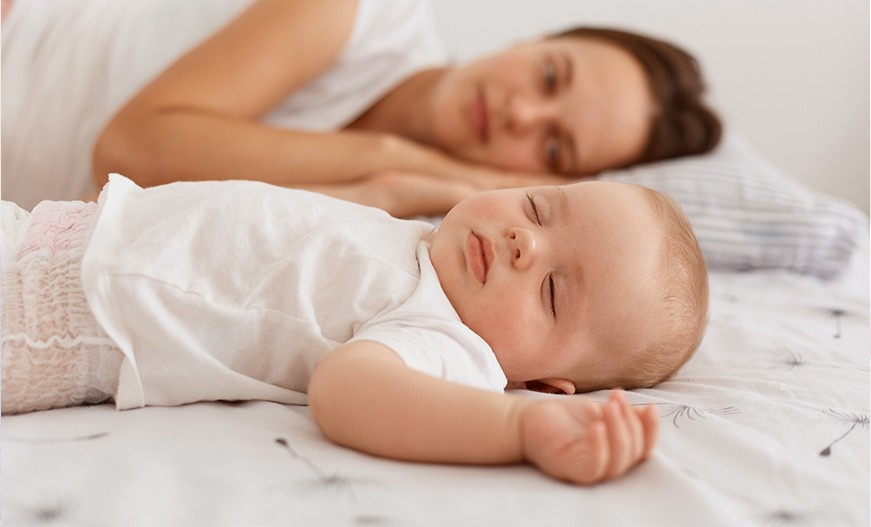
Symptoms of Common Cold in Babies
Let’s take a look at the common cold symptoms babies go through. From a runny nose to sneezing and fussiness. These signs help you know when they need extra care.
1. Runny Nose

A runny nose is often the first sign of a cold in babies. The discharge usually starts as clear and watery but thickens over time, turning yellow, gray, or green. This is a normal part of the healing process and does not necessarily mean a bacterial infection.
2. Sneezing
Frequent sneezing is common as the baby’s body tries to clear irritants from the nose. It is a natural reflex to remove germs, dust, or mucus. While sneezing alone is not a concern, parents should monitor other symptoms to ensure the baby is comfortable.
3. Fever
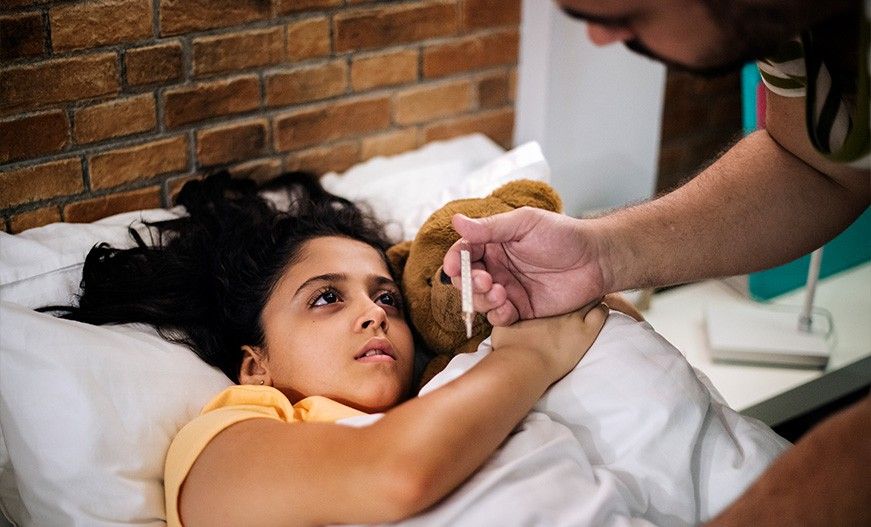
Babies with a cold may develop a mild fever, usually between 101 to 102°F (38.3 to 38.9°C). A fever is the body’s way of fighting off infections. Parents should monitor the baby’s temperature, ensure proper hydration, and seek medical advice if the fever lasts more than two days.
4. Loss Of Appetite
Babies with a cold may eat less due to congestion, fatigue, or a sore throat. They might refuse milk or solid foods. Parents should offer frequent but small feeds and ensure hydration to prevent dehydration and discomfort.
5. Increased Drooling
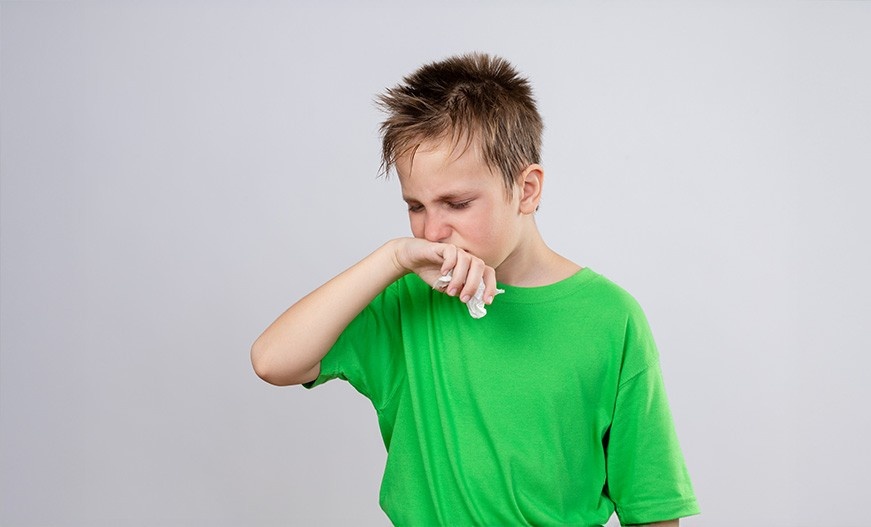
A sore throat can make swallowing difficult, leading to increased drooling. Babies may also become fussier due to throat discomfort. Keeping them hydrated and using a cool-mist humidifier can help soothe irritation.
6. Cough
A cold-related cough can start as dry and later become wet due to mucus buildup. It is usually mild but can disturb sleep. Parents should keep the baby’s airways clear and ensure proper rest. If the cough worsens or lasts beyond 10 days, medical attention may be needed.
7. Irritability
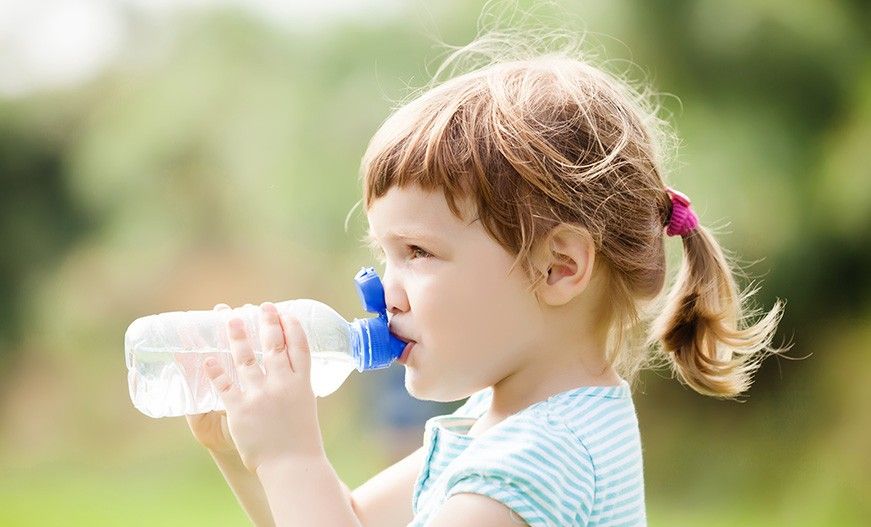
Colds can make babies cranky and restless. They may have trouble sleeping or be fussy during feeds. Offering comfort, cuddles, and a calm environment can help them feel more secure and relaxed.
8. Slightly Swollen Glands
The lymph nodes in a baby’s neck may become slightly swollen as the body fights the infection. This is a normal immune response and should go away as the baby recovers. If the swelling persists or worsens, consult a doctor.
Cause of Colds in Children
Colds in children are caused by viruses that spread through direct contact, airborne droplets, or contaminated surfaces. Babies often catch colds from family members, caregivers, or shared items like toys and utensils.
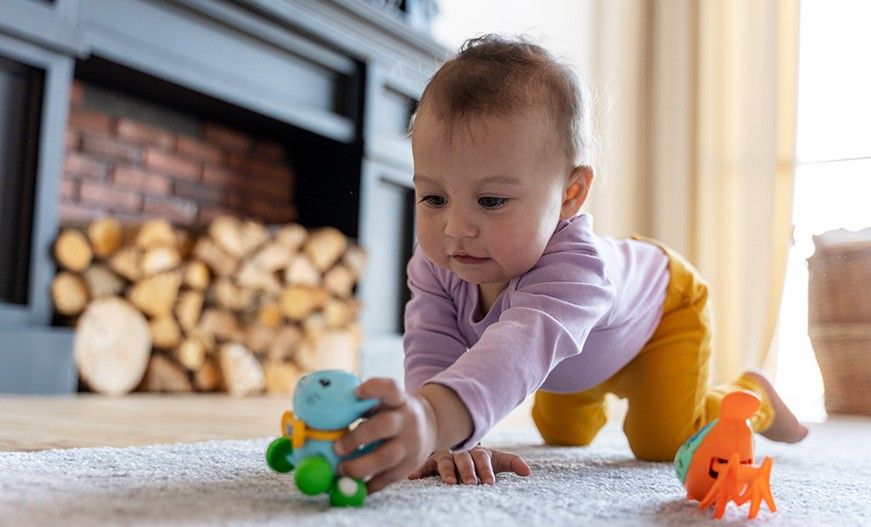
They are at an increased risk for illness because their immune systems are not fully developed. Exposure to crowded places, daycare centers, or colder seasons increases the risk. Handwashing frequently and limiting interactions with sick people will help prevent infections.
When to See a Doctor
Parents should consult a doctor if their baby has a fever above 102°F (38.9°C) for more than two days. Babies can also experience breathing difficulties, or show signs of dehydration such as a dry mouth, no tears while crying, or fewer wet diapers.

If the baby appears unusually drowsy, unresponsive, or has persistent ear pain or a cough lasting more than 10 days, medical attention is necessary. Trusting parental instincts is crucial. If something feels off, it is always best to seek professional advice.
Conclusion
The common cold in babies is usually mild but can be uncomfortable. Proper care, hydration, and rest help ease symptoms. Parents can follow preventive measures like handwashing and avoiding sick individuals can reduce the risk of infection. Always monitor symptoms and seek medical attention if needed.
FAQs: Common Cold in Babies
Here are some common questions with quick answers to help you understand and manage your little one’s cold.
Q1: Is The Common Cold Contagious?
Ans: Yes, the common cold spreads easily through touch, sneezing, coughing, and contaminated surfaces.
Q2: How Long Is The Common Cold Contagious?
Ans: It is most contagious in the first two to three days of symptoms but can spread for up to a week.
Q3: What Is The Common Cold Incubation Period?
Ans: Symptoms generally appear one to three days after exposure to the virus.







